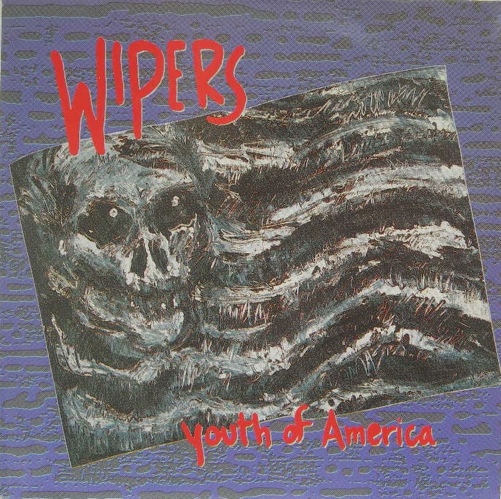Douglas Martin knows a thing or two about Northwest punk. However, he saves his true genius for the region’s vast array of Thai restaurants.
Do you know a native of the Pacific-Northwest? Ask them to name the greatest Northwest band of all-time. If they say Nirvana, they only listen to the radio. If they say Mudhoney, they’re close, but not digging deep enough. If they say Throw Me the Statue, then they’re completely bullshitting you. If you ask any Northwest person who knows, they’ll tell you it’s Wipers. The Portland-based trio, formed in 1977, began their run solely as a recording project for singer/guitarist Greg Sage, which eventually turned into a full-fledged band that played actual shows (which were still far fewer in number than most of their peers). After a string of quality records (debut record Is This Real? is widely heralded as one of the finest American punk records in history), their cachet was increased a hundredfold when Kurt Cobain, Mainstream Ambassador of Everything Cool®, brought Wipers tune “D-7” to Nirvana, who started covering it in 1992.
A couple years ago, when the whole lo-fi punk resurgence was just starting to gain its footing, Wipers became a touchstone for “cool, in-the-know” musicians. Cassie Ramone of Vivian Girls cited sophomore album Youth of America as her favorite record of all-time. Nathan Williams of Wavves ripped off their logo. In their 2008 “50 Bands, 50 States” feature, The Phoenix almost undisputedly named Wipers, Oregon’s all-time greatest group. Even with their long-running and widespread accolades, the most extraordinary thing about Wipers’ influence is that there are still precious few– if any— bands out there that even come close to recapturing the fountain of ideas on Youth of America.
Upon the slow-burning intro of opener “No Fair,” it’s apparent why Wipers were considered the forefathers of grunge, but it’s the sludgy guitars after the tempo change that served as a harbinger of the movement formed in the city to Portland’s immediate north. As influential as Is This Real? was, it’s Youth of America, which bucked against punk’s standards of conventionality and asserted itself as one of the most visionary punk records of its time. “Taking Too Long” was written in 6/4 time. Two of the record’s songs clock in at over six minutes (including the title-track, whose 10:27 length is longer than the Side-A of most punk albums from this era). Even by 2010 standards, Youth of America is a dynamic record– in 1981, it was considered downright revolutionary.
Of course, any old punk band can play the same three chords for ten minutes or test the limits of your patience by recording long-form tracks (take The Mars Volta, for instance). The considerable talent of Greg Sage is paramount to Wipers’ success. In “Taking Too Long,” Sage bookends each chorus with stuttering guitars, displaying his ability as a top-flight guitarist. Same with “Can This Be,” where he bolsters the chorus with a complex, ascending guitar line which is too technically proficient for many guitarists to hit on the first try. There’s a reason why old classics never die, and this record proves that point, one that will continue to inspire your favorite punk bands for years upon years to come.–DM
Download:
MP3: The Wipers-“Pushing the Extreme”


